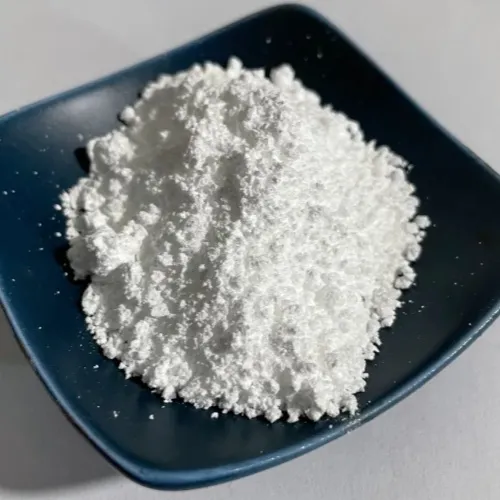Warning: Undefined array key "file" in /home/www/wwwroot/HTML/www.exportstart.com/wp-content/themes/1198/header.php on line 7
Warning: Undefined array key "title" in /home/www/wwwroot/HTML/www.exportstart.com/wp-content/themes/1198/header.php on line 7
Warning: Undefined array key "title" in /home/www/wwwroot/HTML/www.exportstart.com/wp-content/themes/1198/header.php on line 7
- Afrikaans
- Albanian
- Amharic
- Arabic
- Armenian
- Azerbaijani
- Basque
- Belarusian
- Bengali
- Bosnian
- Bulgarian
- Catalan
- Cebuano
- China
- China (Taiwan)
- Corsican
- Croatian
- Czech
- Danish
- Dutch
- English
- Esperanto
- Estonian
- Finnish
- French
- Frisian
- Galician
- Georgian
- German
- Greek
- Gujarati
- Haitian Creole
- hausa
- hawaiian
- Hebrew
- Hindi
- Miao
- Hungarian
- Icelandic
- igbo
- Indonesian
- irish
- Italian
- Japanese
- Javanese
- Kannada
- kazakh
- Khmer
- Rwandese
- Korean
- Kurdish
- Kyrgyz
- Lao
- Latin
- Latvian
- Lithuanian
- Luxembourgish
- Macedonian
- Malgashi
- Malay
- Malayalam
- Maltese
- Maori
- Marathi
- Mongolian
- Myanmar
- Nepali
- Norwegian
- Norwegian
- Occitan
- Pashto
- Persian
- Polish
- Portuguese
- Punjabi
- Romanian
- Russian
- Samoan
- Scottish Gaelic
- Serbian
- Sesotho
- Shona
- Sindhi
- Sinhala
- Slovak
- Slovenian
- Somali
- Spanish
- Sundanese
- Swahili
- Swedish
- Tagalog
- Tajik
- Tamil
- Tatar
- Telugu
- Thai
- Turkish
- Turkmen
- Ukrainian
- Urdu
- Uighur
- Uzbek
- Vietnamese
- Welsh
- Bantu
- Yiddish
- Yoruba
- Zulu
אוג . 09, 2024 03:10 Back to list
Understanding the Origin and Production Process of Xanthan Gum in Culinary Applications
Understanding Xanthan Gum Its Origin and Uses
Xanthan gum is a popular food additive and thickening agent that has garnered attention in various industries, particularly in the food sector. Derived from a specific strain of bacteria, Xanthan gum is not only vital for enhancing texture and stability in numerous products but also holds significance in other fields such as pharmaceuticals and cosmetics. This article delves into the origins of Xanthan gum, its production process, as well as its diverse applications.
Understanding Xanthan Gum Its Origin and Uses
The production of Xanthan gum involves a fermentation process. First, a culture of Xanthomonas campestris is prepared, which is then introduced to a nutrient-rich environment containing sugars. As the bacteria proliferate, they secrete Xanthan gum into the medium. After fermentation, the mixture is filtered to separate the gum from the liquid. Subsequently, the Xanthan gum is precipitated out using alcohol, washed, and then dried to produce a powdery form that is easy to store and transport. This method of production not only makes Xanthan gum widely available but also allows it to be mass-produced efficiently.
xanthan gum come from

Xanthan gum is celebrated for its remarkable thickening and stabilizing properties. In the culinary world, it is commonly used in salad dressings, sauces, and soups to achieve a desirable consistency without altering flavor. It acts as an emulsifier, helping to blend ingredients that typically do not mix well, such as oil and vinegar. Additionally, it has the ability to retain moisture, making it an excellent ingredient in gluten-free baking where traditional wheat-based binders are absent. Xanthan gum provides structure and improves the texture of gluten-free products, helping to mimic the chewiness found in wheat-based counterparts.
Beyond the kitchen, Xanthan gum plays a crucial role in the cosmetics and pharmaceutical industries. In cosmetics, it is used in lotions and creams to stabilize emulsions and improve viscosity. Its ability to keep products smooth and prevent separation is invaluable for maintaining quality in personal care items. In pharmaceuticals, Xanthan gum is incorporated in drug formulations as a suspending agent, ensuring that active ingredients remain evenly distributed in liquid medications.
Furthermore, Xanthan gum's versatility extends to industrial applications, such as in oil drilling where it is used to thicken drilling mud, improving the efficiency of extraction processes. Its applications in agriculture as a soil conditioner highlight its ecological benefits by improving water retention in soil.
In conclusion, Xanthan gum's origins in bacterial fermentation give rise to numerous beneficial properties that have made it a staple in both the food and cosmetic industries. Its ability to thicken, stabilize, and emulsify makes it an invaluable ingredient across multiple sectors, thus playing a structural role in many products we encounter daily. As demand for gluten-free and clean-label products continues to grow, Xanthan gum’s importance and usage are likely to expand even further, solidifying its role as a crucial food additive in modern culinary practices.
Latest news
-
2025 European Fine Chemicals Exhibition in Germany
NewsMay.13,2025
-
2025 New York Cosmetics Ingredients Exhibition
NewsMay.07,2025
-
Zibo will host the 2025 International Chemical Expo
NewsApr.27,2025
-
2025 Yokohama Cosmetics Raw Materials and Technology Exhibition
NewsApr.22,2025
-
2025 India Mumbai Fine Chemicals Exhibition
NewsApr.18,2025
-
Nanjing will host the 2025 Yangtze River Delta International Chemical Industry Expo and the National Chemical Industry Conference
NewsApr.15,2025

